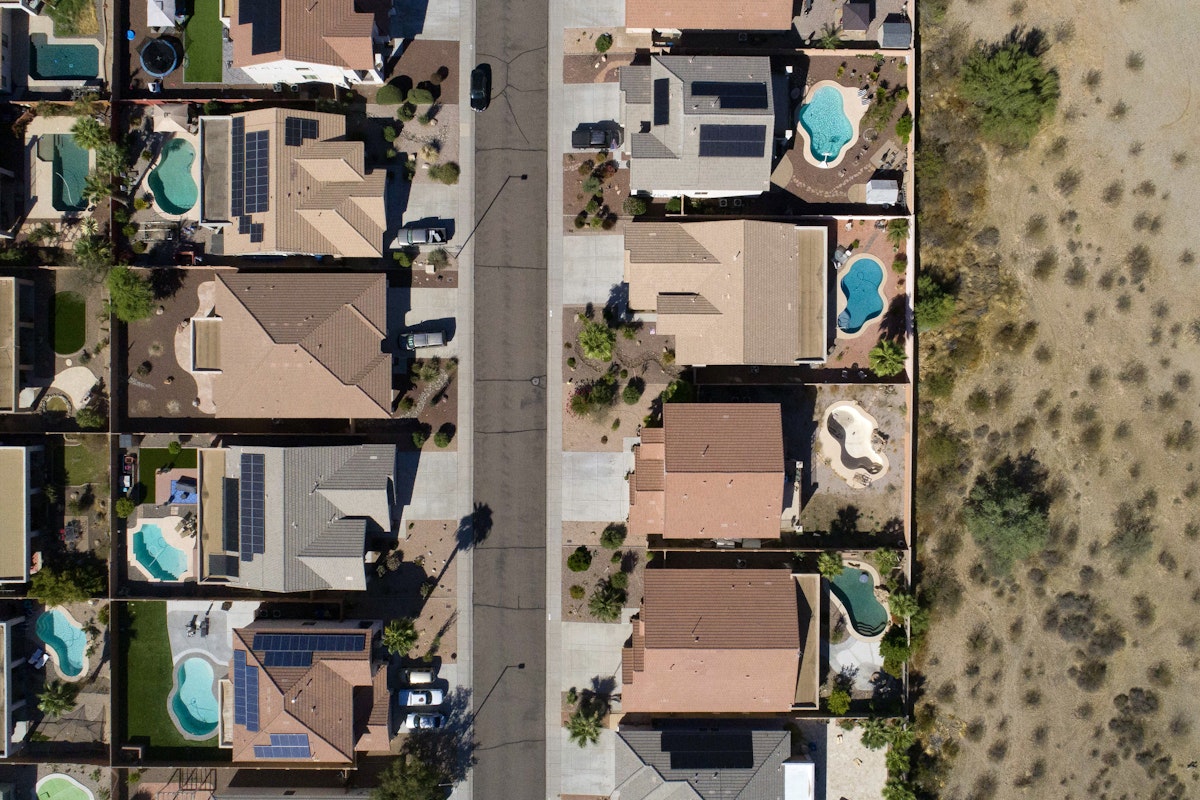
Robert Glennon served on a recent commission that studied using a desalination plant in the Sea of Cortez to replenish California’s rapidly evaporating Salton Sea. He said they found three major issues: energy, cost, and environmental impact. Because desalination plants operate 24/7, “that takes renewables off the table, because renewables—wind and solar—run intermittently,” and batteries large enough to store sufficient power overnight do not yet exist. Meanwhile, the cost for a plant capable of treating even 100,000 acre-feet of water annually would be mind-bogglingly expensive—over $70 billion. And then there’s the discharge. Currently, America’s largest desalination plant is in Carlsbad, California. Every year, it releases around 50,000 acre-feet of brine into the Pacific Ocean for every 50,000 acre-feet of fresh water that’s created. The Sea of Cortez, Glennon said, is “a very shallow ocean. There are endangered species there, including the vaquita porpoise, and there are internationally protected wetlands. You start taking immense quantities of briny water and dumping it, you’re just going to wreak havoc.”
Kelly’s office declined to address any specific concerns around desalination or other augmentation projects, instead emphasizing that the senator thought they merited discussion as a way to complement the priority that is already being put on conservation projects around the region. Water scarcity, Kelly told me, “shouldn’t in any way prevent our growth…. If we act early enough and make smart decisions, appropriate the right funds to come up with programs … we can manage this in a really positive way.”
Like Glennon, Newsha Ajami, a hydrologist at the Lawrence Berkeley National Laboratory, believes that augmentation would be irresponsible to pursue, given the Southwest is far from exhausting the possibilities of conservation. She pointed out that, over the past 20 years, “population and economic growth have decoupled from water use,” with cities across the region growing rapidly while using much less water than they did in the 1990s, even as they’re still far less efficient than they could be. “In San Francisco, I know we’re a dense urban area, but our water use is only 40 gallons per person per day.” That’s a third of the current use in Phoenix, and half of the goal that John Entsminger has set for southern Nevada.
But if you talk to enough environmental scholars, you can’t help getting the feeling that overhauling water policy—and even leaning into conservation—wouldn’t be enough to secure the region’s future. Instead, it might be better for the Southwest to divorce itself from the ideal of perpetual growth and fully reorient itself around sustainability. Naturally, the governor’s camp sees things differently, and is hungry to become associated with a sort of sensible center. “People don’t want extremes on either side,” said Nicole DeMont, the Hobbs political strategist. “In Arizona, they just want a steady hand that’s focused on the future.… There’s a lot of big issues right now that, if we don’t solve, it’s a real threat to middle-class growth, economic growth, companies moving here—all of that.”